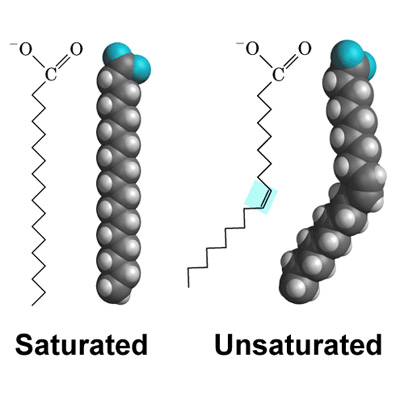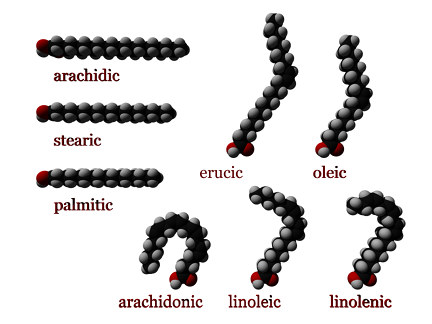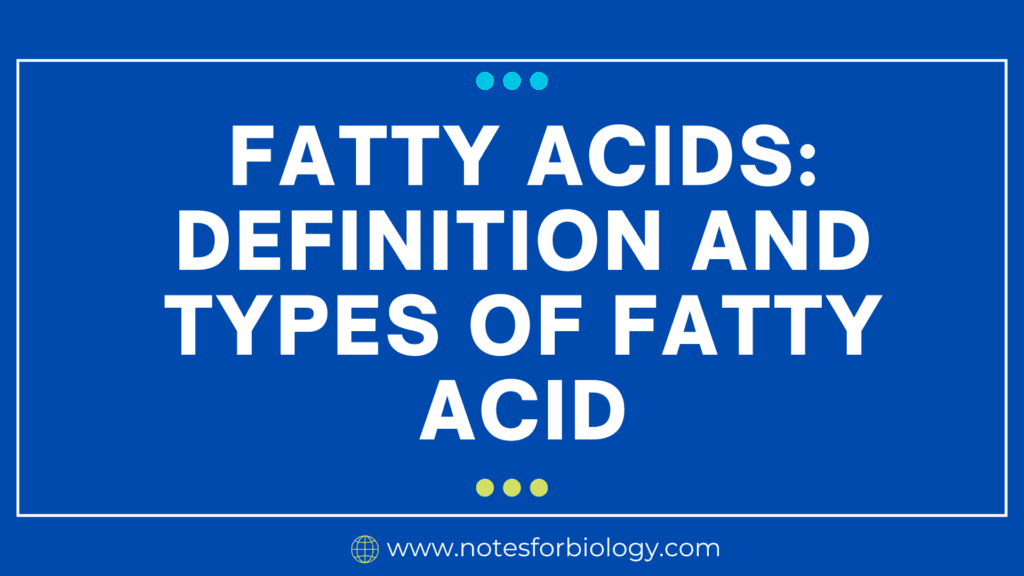What Are Fatty Acids?

Fatty acids are essential organic compounds that the body uses for energy, building cells, and maintaining normal function. They consist of long chains of carbon atoms linked to hydrogen, with a carboxyl group (-COOH) at one end. This unique chemical structure gives them acidic properties. Fatty acid are the core components of lipids, like fats and oils, and are crucial for forming cell membranes, storing energy, and managing various bodily functions. Fatty Acid is also called fatty lipid chains.

Table of Contents
The body primarily uses fatty acids to produce energy. When fats break down, they release fatty lipid chains, which circulate through the bloodstream to fuel cells. Fatty acids are also important for brain health, skin condition, and reducing inflammation in the body.
Types of Fatty Acids

fatty lipid chainsfatty lipid chains are classified based on the number and type of bonds between their carbon atoms. They are typically divided into four main categories:
- Saturated Fatty Acids
- Unsaturated Fatty Acids
- Monounsaturated Fatty Acids (MUFAs)
- Polyunsaturated Fatty Acids (PUFAs)
- Trans Fatty Acids
- Essential Fatty Acids
Here’s a breakdown of these categories:
1. Saturated Fatty Acids
Saturated fatty lipid chains have no double bonds between the carbon atoms, meaning their carbon atoms are fully saturated with hydrogen. These fats are solid at room temperature and are found in foods like butter, red meat, cheese, and tropical oils like coconut and palm oil.
Impact on health: While saturated fats are necessary for certain bodily functions, such as hormone production and cell structure, too much of them can raise LDL (bad) cholesterol, increasing the risk of heart disease.
2. Unsaturated Fatty Acid
Unsaturated fatty lipid chains contain one or more double bonds between their carbon atoms, making their structure less rigid. These fats are generally liquid at room temperature. There are two main types of unsaturated fatty acid:
a. Monounsaturated Fatty Acid (MUFAs)
Monounsaturated fats have one double bond in their structure. They are found in foods like olive oil, avocados, and certain nuts, such as almonds and peanuts.
Health benefits: These fats are considered heart-healthy because they help lower LDL cholesterol while maintaining or even increasing HDL (good) cholesterol. They also support better blood sugar control and overall metabolic health.
b. Polyunsaturated Fatty Acid (PUFAs)
Polyunsaturated fats contain two or more double bonds. They are found in foods like fish, flaxseeds, walnuts, and sunflower seeds. Polyunsaturated fats are divided into two main subtypes:
Omega-3 Fatty Acid: Found in oily fish (such as salmon and sardines) and plant sources like flaxseeds, omega-3s are known for their anti-inflammatory properties and benefits for heart, brain, and joint health.
Omega-6 Fatty Acid: Found in vegetable oils (like sunflower and corn oil), omega-6 fats are necessary for growth and development. However, consuming too many omega-6s without balancing them with omega-3s may lead to inflammation.
3. Trans Fatty Acid
Trans fats are artificially produced through a process called hydrogenation, where hydrogen is added to liquid oils to make them more solid. This is commonly done to increase the shelf life of processed foods like margarine, baked goods, and fried foods.
Health risks: Trans fats are considered harmful because they raise LDL cholesterol levels and lower HDL cholesterol, increasing the risk of heart disease and stroke. Most health organizations recommend eliminating trans fats from the diet.
4. Essential Fatty Acid
Essential fatty acid are types of polyunsaturated fats that the body cannot produce on its own, so they must be obtained from food. The two main types are:
- Linoleic Acid (Omega-6)
- Alpha-Linolenic Acid (Omega-3)
These essential fats are vital for brain function, controlling inflammation, and forming cell membranes. Omega-3s, in particular, are associated with reducing the risk of chronic diseases, such as heart disease and arthritis.
Conclusion
Fatty acid are crucial for energy production and play many roles in maintaining health. The four main types—saturated, unsaturated (including monounsaturated and polyunsaturated), trans fats, and essential fatty acid affect the body in different ways. Consuming more unsaturated fats, especially omega-3s, while reducing saturated and trans fats, can promote better heart health, brain function, and overall well-being.
Frequently Asked Questions(FAQ)
Related Articles




